 I just came across the Oil City Aftermath. A short video on the story of a small city that became huge in oil and then fell apart as the oil companies left. I have seen the effects with my own eyes and even back in 2001 did some street photography there to document the demise when I visited my friends there.
I just came across the Oil City Aftermath. A short video on the story of a small city that became huge in oil and then fell apart as the oil companies left. I have seen the effects with my own eyes and even back in 2001 did some street photography there to document the demise when I visited my friends there.
To me, the story of Oil City is one of many towns and cities and one that will be repeated over and over in the near future. With the rise of automation in jobs and daily life, this is closer to us than we think. And we need to step up to rethink who we are and what we are as cities. I think Judith Etzel formulates it very well in this video when she says: “This is what can happen to a community if you don’t diversify, if you are not open to new ideas, if you can’t think outside the box, if you can’t be innovative.”
That is why we need to step up. We need to rethink cities as set entities, but regard them as fluid. And as water takes different routes to get somewhere, the flow of jobs, income, identity, relationships and everything that shapes a city needs to change course continually. We need to be ready for that, now and in our near future, because so much is changing. Look at retail, look at care, look at the upscaling of businesses, look at automation, at the sharing economy, at augmented and virtual reality. These are things that are going to shape our future if we don’t shape our future to incorporate these things to serve us.
Nobody wants cities to decline, retail areas to be empty and businesses to close. But it is up to us to reshape our cities into vibrant communities where we embrace change, where we work with it to improve our standards of living as a community. But we need to do that now and we need to do that continually.
Oil City Aftermath from Danny Yarnell on Vimeo.
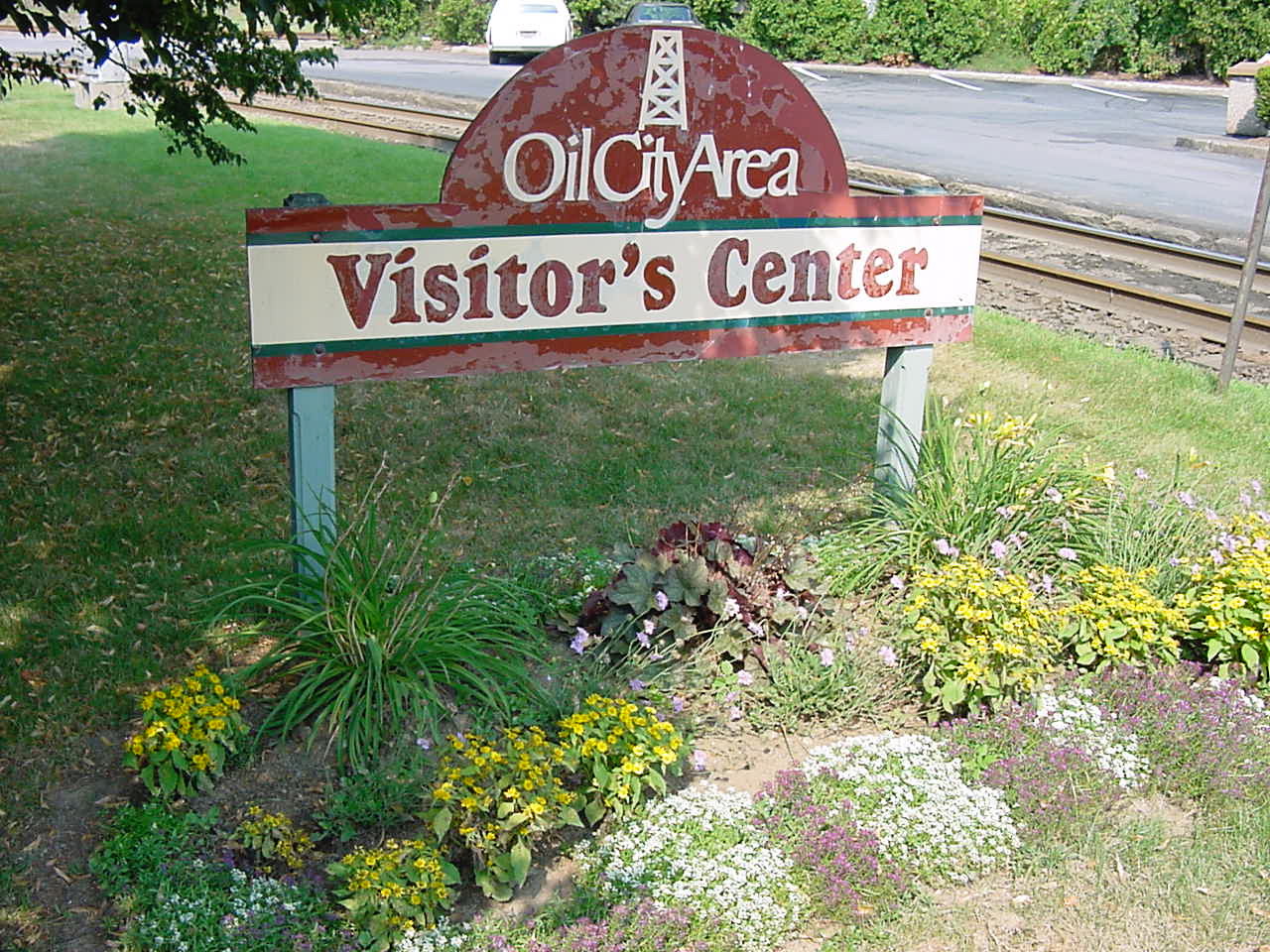
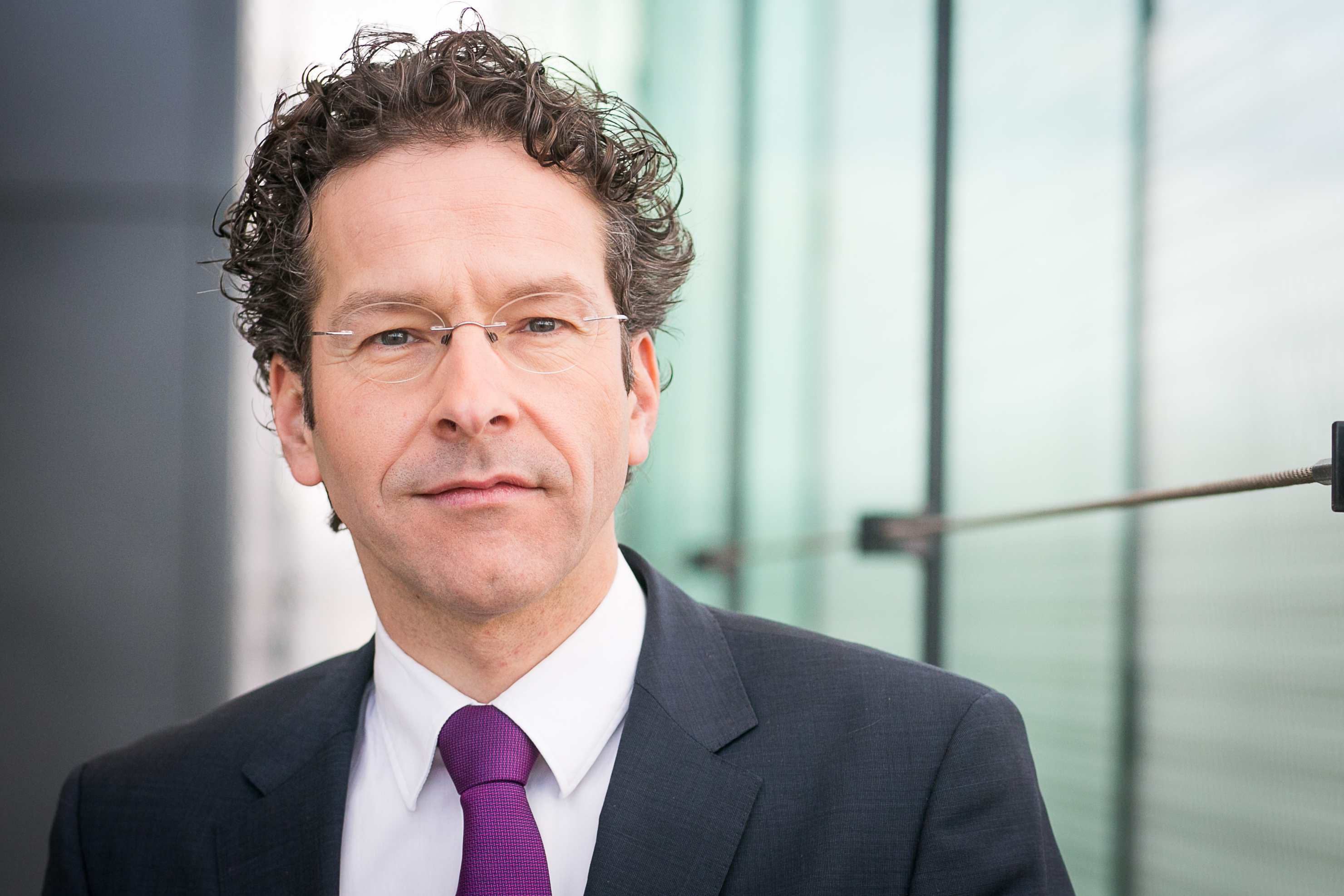
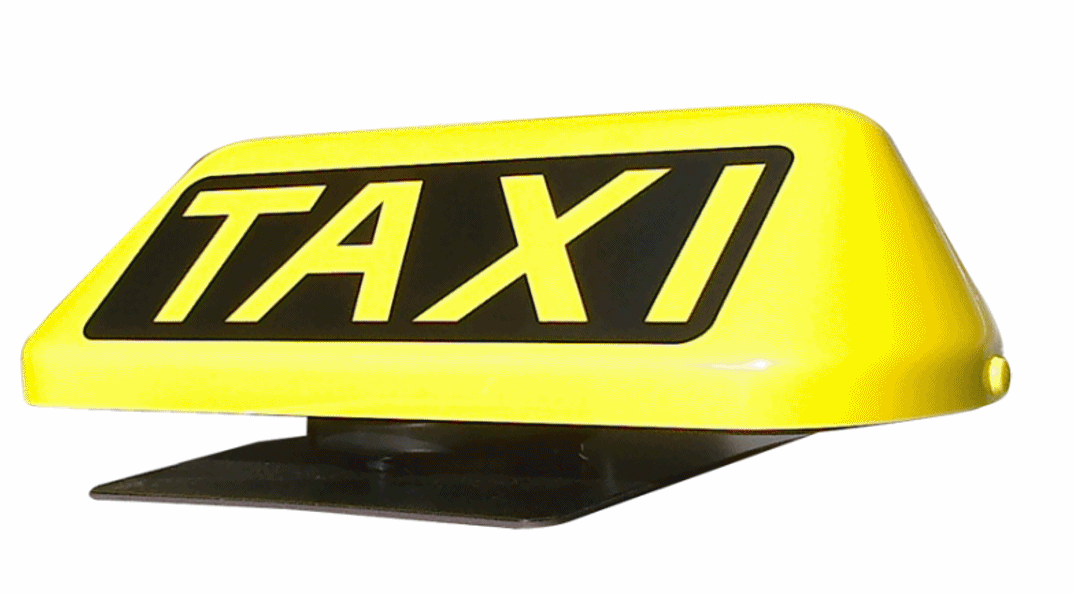

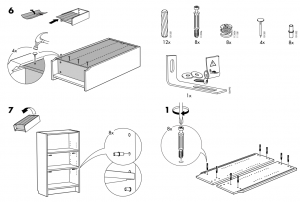
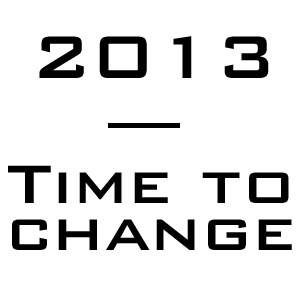

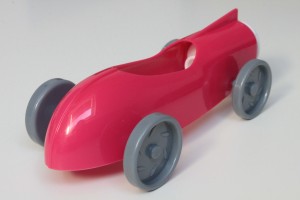 I love people. I love how the internet has enabled us to connect to people in ways we could not imagine 20 years ago. I love the people I have become friends with through the internet, through social networks and through internet conferences. I am enthusiastic about startups. I enjoy seeing people follow their dreams and building startups that make a difference in the world. However, there is a problem. More and more, I meet people who want to get into the internet world to make quick money. They are internet specialists, social media experts or they start a quick startup with the sole purpose of becoming an overnight billionaire after an Instagram-style exit.
I love people. I love how the internet has enabled us to connect to people in ways we could not imagine 20 years ago. I love the people I have become friends with through the internet, through social networks and through internet conferences. I am enthusiastic about startups. I enjoy seeing people follow their dreams and building startups that make a difference in the world. However, there is a problem. More and more, I meet people who want to get into the internet world to make quick money. They are internet specialists, social media experts or they start a quick startup with the sole purpose of becoming an overnight billionaire after an Instagram-style exit.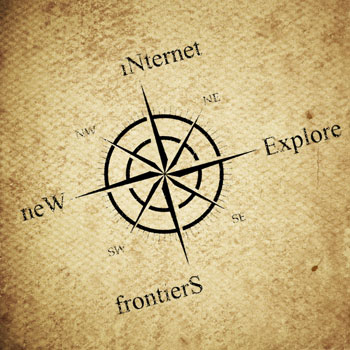
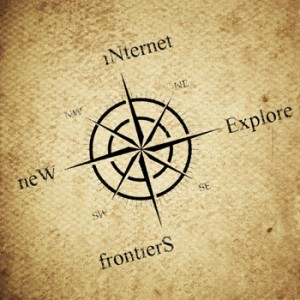 As I returned to IRC today for the first time in at least six years, it struck me. Back in 1994 I was on a unix terminal and I used the internet for at least six to eight hours a day. My phone bills were astronomical. But everything was new. Everything was exciting. The internet, though in black and white and text only in Lynx, was this huge new universe that spanned the earth and had an unsaturable urge to grow into all possible directions. Back in 1995 I blagged my way into one of the Netherlands biggest mail order furniture retailers and sat across their marketing director explaining him why they needed to take their business online. Needless to say that he thought I was a lunatic and that people would never buy their couch online. They went bankrupt last year.
As I returned to IRC today for the first time in at least six years, it struck me. Back in 1994 I was on a unix terminal and I used the internet for at least six to eight hours a day. My phone bills were astronomical. But everything was new. Everything was exciting. The internet, though in black and white and text only in Lynx, was this huge new universe that spanned the earth and had an unsaturable urge to grow into all possible directions. Back in 1995 I blagged my way into one of the Netherlands biggest mail order furniture retailers and sat across their marketing director explaining him why they needed to take their business online. Needless to say that he thought I was a lunatic and that people would never buy their couch online. They went bankrupt last year.

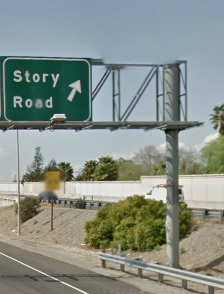

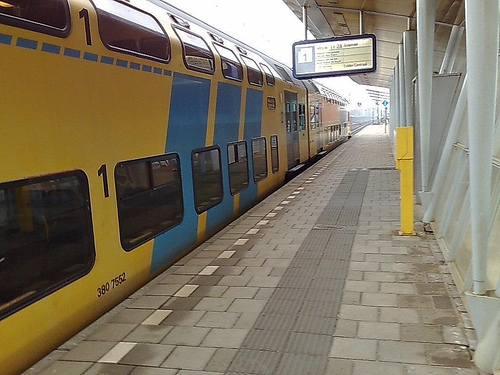
 This morning, I am typing this on a bench at a train station while I am waiting for my connection. I have a place where I want to go, but there are no straight trains to get there, nor has getting there been fundamentally changed over the past fifty years. Or even longer. Let’s face it, the last great boost in technology for public transport came when we traded steam for electricity or diesel for areas where they couldn’t be bothered to put the wiring in. And in the meantime, we are sitting in traffic jams with all their negative side effects. Something is wrong here.
This morning, I am typing this on a bench at a train station while I am waiting for my connection. I have a place where I want to go, but there are no straight trains to get there, nor has getting there been fundamentally changed over the past fifty years. Or even longer. Let’s face it, the last great boost in technology for public transport came when we traded steam for electricity or diesel for areas where they couldn’t be bothered to put the wiring in. And in the meantime, we are sitting in traffic jams with all their negative side effects. Something is wrong here. 
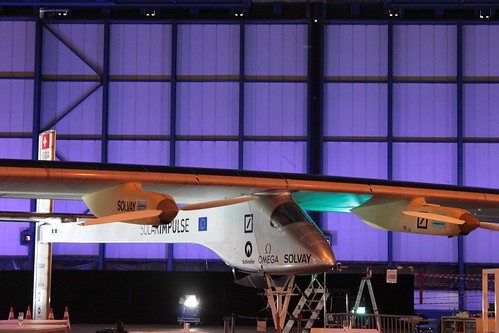
 I love the future. I have loved it ever since I started reading. Technology is shaping our future fast. Back in 1985 I wrote my first computer program. Back in 1994 I launched my first website and I have been working with organizations on integrating new technology ever since.
I love the future. I have loved it ever since I started reading. Technology is shaping our future fast. Back in 1985 I wrote my first computer program. Back in 1994 I launched my first website and I have been working with organizations on integrating new technology ever since.